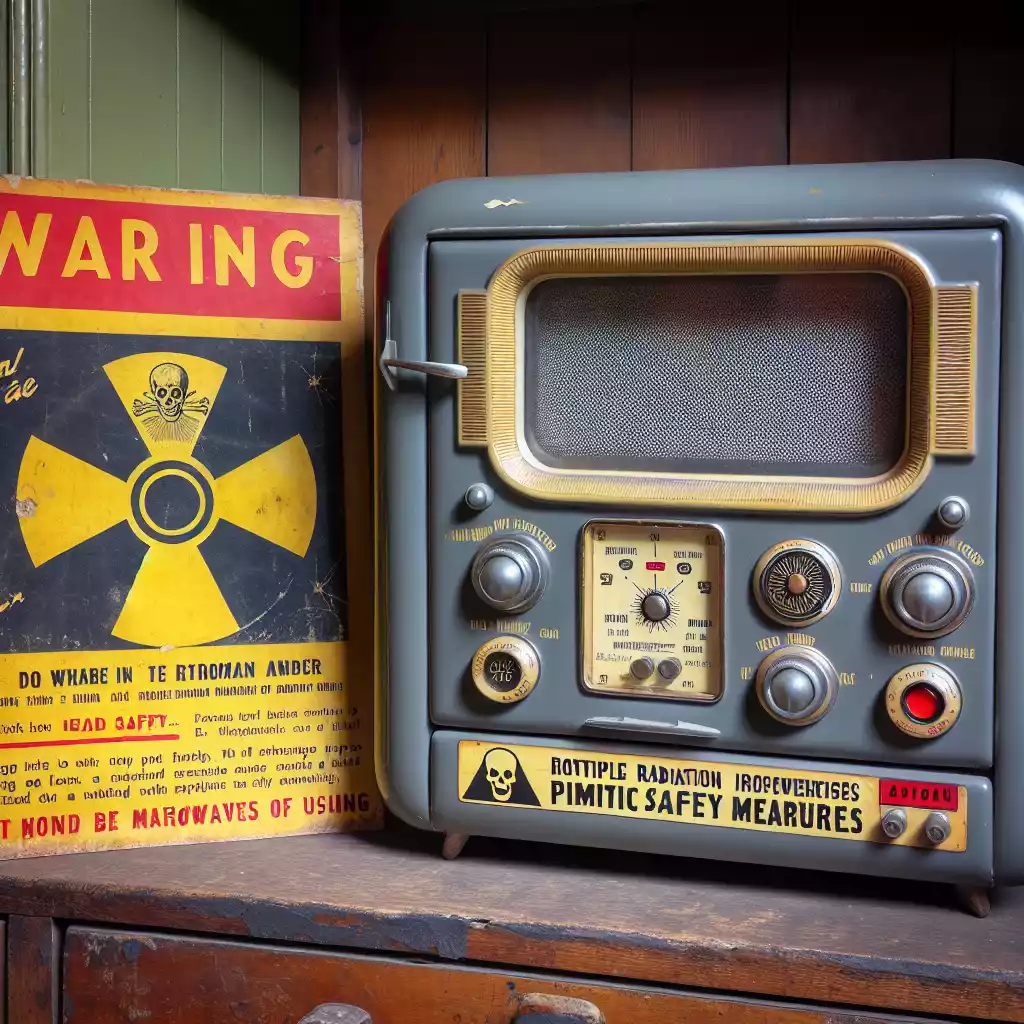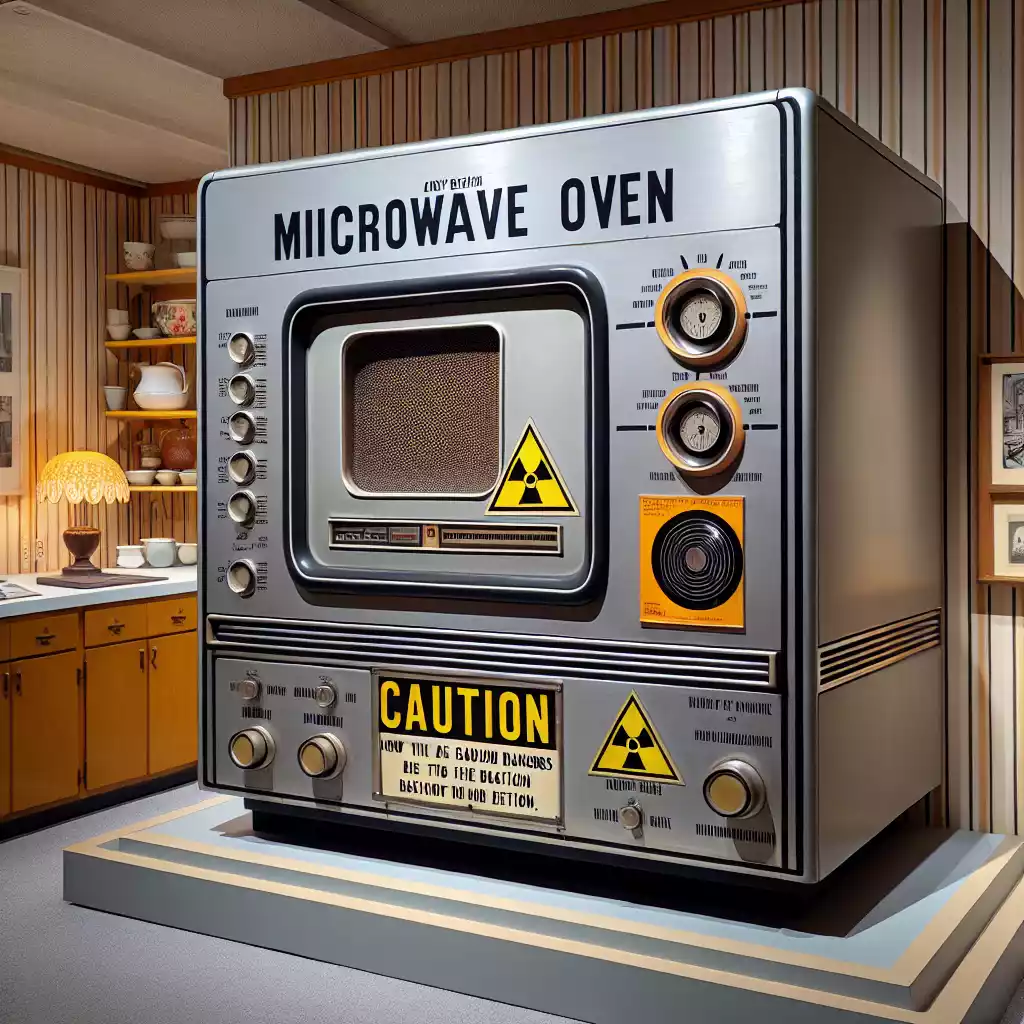Introduction to Microwaves
Microwaves, a kitchen staple today, often spark debates about their safety. When they first hit the market in the mid-20th century, many people viewed them with suspicion. Concerns about radiation, food safety, and potential health risks were rampant. Understanding whether these fears were justified requires a deep dive into the history and technology of microwave ovens.
The microwave oven was invented by Percy Spencer in 1945, a self-taught engineer who discovered that microwaves could cook food quickly and efficiently. Early models were large and expensive, primarily used in commercial settings. As technology advanced, microwaves became more affordable and compact, making their way into households worldwide. However, this shift brought new concerns about their safety.
In the early years, public perception of microwaves was shaped by a lack of understanding about how they worked. People worried about radiation exposure, the effects on food nutrients, and potential health risks. These fears were not entirely unfounded, as initial designs had some flaws. Over time, regulatory bodies and manufacturers addressed these issues, improving safety standards and features. But were microwaves ever truly dangerous? Let’s explore the evolution of microwave technology and safety to find out.
Understanding Microwave Technology
How Microwaves Work
Microwave ovens use electromagnetic waves to heat food. These waves, called microwaves, are absorbed by water, fats, and sugars, causing them to vibrate and produce heat. This process cooks food quickly and efficiently. The microwave’s design ensures that these waves are contained within the oven, preventing exposure to the user.
Evolution of Microwave Safety Standards
As microwaves became popular, safety standards evolved to protect consumers. Early models had issues with radiation leakage, leading to concerns about exposure. Regulatory bodies like the FDA in the United States established strict guidelines to limit radiation emissions. Modern microwaves are designed with multiple safety features, including door seals and interlock systems, to prevent any leakage.
Health Concerns Associated with Microwaves

Radiation Exposure Myths and Facts
One of the most common myths about microwaves is that they expose users to harmful radiation. While microwaves do emit non-ionizing radiation, it is not the same as the ionizing radiation from X-rays or nuclear reactions. Non-ionizing radiation does not have enough energy to damage DNA or cause cancer. Studies have shown that the levels of radiation emitted by microwaves are well within safe limits.
Impact on Nutrient Retention in Food
Another concern is whether microwaving food affects its nutritional value. Some believe that microwaving destroys nutrients, making food less healthy. However, research indicates that microwaving preserves nutrients better than other cooking methods, such as boiling or frying. The shorter cooking times and lower temperatures help retain vitamins and minerals.
Historical Safety Issues
Initial Design Flaws and Risks
Early microwave ovens had several design flaws that raised safety concerns. For instance, some models lacked proper shielding, leading to potential radiation leakage. Additionally, there were issues with uneven cooking, which could result in hot spots and cold spots in food, posing a risk of burns or undercooked food.
Regulatory Actions and Improvements
In response to these concerns, regulatory bodies implemented strict safety standards. Manufacturers improved designs by adding features like door interlocks, which prevent the microwave from operating if the door is open. These improvements significantly reduced the risks associated with microwave use.
Modern Microwave Safety
Current Safety Features
Today’s microwaves come equipped with numerous safety features to protect users. These include:
• Door Interlocks: Prevent the microwave from operating when the door is open.
• Shielding: Ensures that microwaves are contained within the oven.
• Automatic Shutoff: Turns off the microwave if it overheats.
Guidelines for Safe Use
To ensure safe use, follow these guidelines:
– Use microwave-safe containers.
– Avoid overheating liquids to prevent scalding.
– Regularly inspect the door and seals for damage.
Common Misconceptions
Debunking Popular Myths
Several myths about microwaves persist, despite evidence to the contrary. These include:
• Microwaves cause cancer: No scientific evidence supports this claim.
• Microwaves make food radioactive: Microwaves do not have enough energy to alter the atomic structure of food.
Scientific Studies and Findings
Numerous studies have examined the safety of microwaves. Findings consistently show that microwaves are safe when used according to manufacturer instructions. For example, a study by the World Health Organization (WHO) concluded that microwave ovens are safe and do not pose health risks.
Tips for Safe Microwave Use
Proper Containers and Materials
Using the right containers is crucial for microwave safety. Avoid using:
• Metal: Can cause sparks and fires.
• Plastic: Only use microwave-safe plastic to avoid chemical leaching.
Maintenance and Cleaning Practices
Regular maintenance and cleaning help ensure your microwave operates safely. Tips include:
– Clean spills immediately to prevent buildup.
– Check the door seals regularly for wear and tear.
Environmental and Economic Impact
Energy Efficiency of Microwaves
Microwaves are more energy-efficient than traditional ovens. They use less energy because they cook food faster and do not require preheating. This efficiency translates to lower electricity bills and reduced environmental impact.
Long-term Economic Benefits
Investing in a microwave can save money in the long run. The energy savings, combined with the convenience of quick cooking, make microwaves a cost-effective kitchen appliance.
Relevant Data Table
| Year | Radiation Emission Standard (mW/cm²) | Regulatory Body |
|---|---|---|
| 1971 | 10 | FDA |
| 1980 | 5 | FDA |
| 1990 | 1 | FDA |
| 2000 | 0.5 | FDA |
| 2010 | 0.1 | FDA |
FAQs
FAQ 1: Are microwaves safe to use daily?
Yes, microwaves are safe for daily use when operated according to manufacturer guidelines. They emit low levels of non-ionizing radiation, which is not harmful.
FAQ 2: Can microwaves cause cancer?
No, microwaves do not cause cancer. They emit non-ionizing radiation, which does not have enough energy to damage DNA or cause cancer.
FAQ 3: Is it safe to microwave plastic containers?
Only use microwave-safe plastic containers. Some plastics can leach harmful chemicals when heated, so always check for a microwave-safe label.
FAQ 4: Do microwaves destroy nutrients in food?
Microwaving food can actually help retain more nutrients compared to other cooking methods. The shorter cooking times and lower temperatures help preserve vitamins and minerals.
FAQ 5: What should I do if my microwave sparks?
If your microwave sparks, turn it off immediately and unplug it. Sparks can be caused by metal objects or damaged components. Inspect the microwave for any metal objects and check the condition of the components.
Conclusion
Microwaves have evolved significantly since their inception. Early concerns about safety were not entirely baseless, but advancements in technology and stringent regulations have addressed these issues. Modern microwaves are safe, efficient, and convenient. By following safety guidelines and using the right containers, you can enjoy the benefits of microwave cooking without worry.

